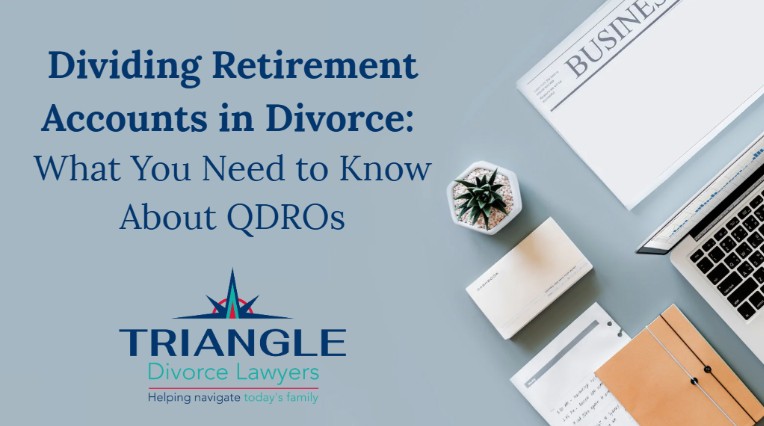Sometimes divorce is inevitable. Depending on your relationship, detangling your finances while you still live together may be wise. If you and your spouse both agree a divorce is necessary, coming to terms with financial separations and arrangements as soon as possible will save you time and money later. It is possible to separate your finances while you still own a home and assets with your partner. Here are the first steps:
Separate Your Bank Accounts and Credit Cards
The first and easiest step toward separating your finances is to establish separate bank accounts and credit cards. This keeps your income and debt separate from this point forward.
Account division is based on the percentage deemed fair by the couple, whether it’s based on earned income or individual responsibility. If you and your partner are disagreeing about this first step, you may want to seek outside support through a Certified Divorce Financial Analyst or help from a mediator.
At this time, also close any joint credit cards that you have together and instead open your own accounts. Remember that you are financially liable for debts incurred on joint credit accounts even if the other person racked up the bills. That is why it is easiest and best to close joint accounts and open individual accounts as soon as possible.
Keeping one account together to pay for bills makes sense, but otherwise, all income and debt going forward should be divided fairly.
Separate Your Non-Marital Assets
Non-marital assets are comprised of any personal property that was owned by either spouse before the divorce. Make a list of everything you own separately. That list may include anything you deem of value like vehicles, collectibles, furniture, equipment, stocks, property, etc. Non-marital assets also include gifts that you receive from a third party while married and any assets that you receive via inheritance. Creating a detailed list of non-marital assets will save you time and money in the future.
Divide Individual Debt
Dividing debt can be tricky, but before you hire a Certified Divorce Financial Analyst and a lawyer, you can begin the process by separating out your non-marital debts. Individual, non-marital debts may include student loans, previous car loans, or consumer debt from a specific credit card.
If you have marital debt such as a bathroom renovation or a mortgage, it may be best to seek professional help before trying to divide joint assets and debt.
Three Steps To Protect Your Finances
In order to protect your personal finances during the divorce, it is important to always consider the following three points:
Educate yourself.
Divorce is increasingly complicated. You will have to delve into your own personal and financial history all while moving through a complex legal process. Make an effort to learn about divorce laws in your state and do not shy away from your finances. Educate yourself about your financial history, track your expenses, and anticipate future fees. The sooner you educate yourself on your financial position, the easier it will be to make informed decisions about your future.
Gather documentation. Keep records.
As soon as you start compiling your financial records, organize and store them properly. This will help you in the future if anything is disputed or unknown. Beyond your previous joint and individual records, keep a record of your separation process going forward. It is best to get everything in writing, even the mundane.
Consult a professional. Make it legal.
Whether you are working things out on your own or consulting a mediator, speak with a Certified Divorce Financial Analyst and a lawyer and have them review the agreement to both parties’ satisfaction.





